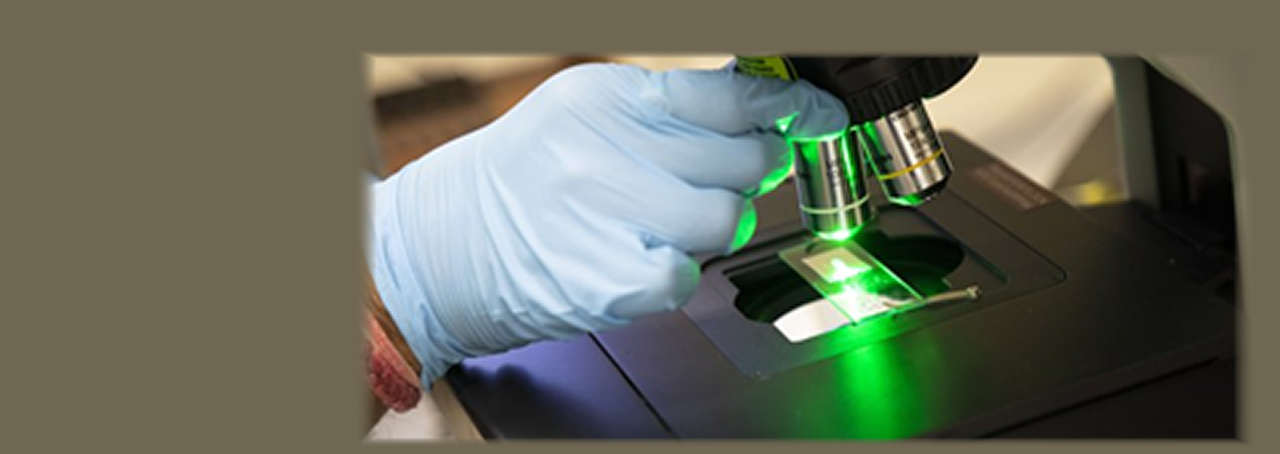UAlbany Startup Receives $1M to Develop New Technology
University at Albany chemist Igor Lednev has spent more than a decade developing a laser-based technology that can help law enforcement catch violent criminals. Now, through $1 million in support from the National Science Foundation (NSF), he’s preparing to bring the forensic investigation tool to market.
SupreMEtric LLC, a startup founded by Lednev, has received its second highly competitive NSF Small Business Technology Transfer (STTR) grant. It will be used to advance the commercialization of his novel technology, which combines Raman spectroscopy and advanced statistics to identify body fluid traces at crime scenes.
The two-year NSF STTR Phase II grant adds to Phase I proof-of-concept grant awarded in 2021. The STTR program funds around 400 companies each year.
“This $1 million grant from the National Science Foundation will provide support for building a working prototype of our technology,” said Lednev, a Distinguished Professor in the Department of Chemistry and faculty member at The RNA Institute. “Our tool is the first universal, nondestructive method for identification of body fluids. It was also demonstrated that the method can be used for heavily contaminated samples, biological stains on common substrates and for binary mixtures of different body fluids.”
The new federal support is an important development for modern forensic science because body fluid traces are a main source of DNA evidence for crime scene investigations.
Laser Forensics
The Lednev lab has pioneered the use of Raman spectroscopy, coupled with advanced machine learning methods, for forensic purposes.
Raman spectroscopy is a non-destructive chemical analysis technique that works by shining monochromatic light on a sample and measuring the scattered radiation. No two samples produce the same scattered spectrum, offering a unique measurement (similar to a fingerprint). The results are instantaneous, with the sample preserved for future testing.
Lednev’s technology combines this approach with advanced statistics to test body fluid samples—such as blood or saliva. By shining a laser light on the sample, his technology can identify the type of body fluid, determine if it’s human or animal in origin, report the estimated time of deposition, and predict key suspect characteristics such as sex, race and age, with close to 100 percent accuracy.
Tech to Market
SupreMEtric LLC was launched in 2019 with support from the SUNY Technology Accelerator Fund. Through the startup company, Lednev is collaborating with Ray Wickenheiser, director of the New York State Police Crime Lab System, along with other practitioners in the field, to turn his technology into a usable product for law enforcement agencies and forensic crime labs. After the company secured the Phase I STTR funding in July 2021, University at Albany doctoral student Alexis Weber joined the company as a chief operating officer and started working on the Phase I objectives.
One of the first things Weber did was sign up for SUNY Startup Summer School, an annual business accelerator program, which aims to identify, educate, and build strong entrepreneurial teams to bring SUNY technologies to market. The program offers virtual accelerated entrepreneurial education and training for participants to help them secure the initial funding needed to get their technology to market. Weber obtained additional mentorship and expert coaching from SUNY Venture Advisors.
Her hard work paid off. As a winner of the S4 Class of 2022 Demo Day, a competition designed to showcase the most promising technologies and startups, Weber received a $25,000 SUNY Technology Accelerator Fund Catalyst Investment. The award, which included follow-on support from SUNY Startup Grant Works to identify and write strong proposals for grant funding to continue commercializing the technology, provided a strong foundation for the STTR Phase II application.
“Multitasking was not a problem for Alexis, and it would be an understatement to say that she exceeded all my expectations,” said Lednev. “Alexis has already become a nationally recognized young entrepreneur.”
Weber noted that her main takeaway from participating in S4 is to focus on “how you’re going to scale up, especially when you have a small market” and recommended signing up for the program “because there’s never enough knowledge.”
She added that the STTR Phase II grant will be used to create a working prototype, which can be applied in a crime lab setting. “The first generation of our technology will be integrated with benchtop Raman instruments for applications in crime laboratories, requiring only limited technical knowledge and no sample processing,” Lednev explained. “The second generation will enable portable instruments for on-site body fluid identification.
“We’re going to push SupreMEtric to the next level,” Weber said. “If successful, this technology will directly address the forensic backlog currently plaguing the criminal justice system by greatly increasing testing capabilities for biological stains from crime scenes.”
Both noted that the successful STTR proposal was a team effort and would not be possible without strong support from the Innovation & Partnerships Office of SUNY’s Research Foundation, along with UAlbany’s Division for Research & Economic Development, and Office for Innovation Development and Commercialization.
“It’s exciting to see our hard work start to come to fruition,” said Lednev.
comments powered by Disqus


